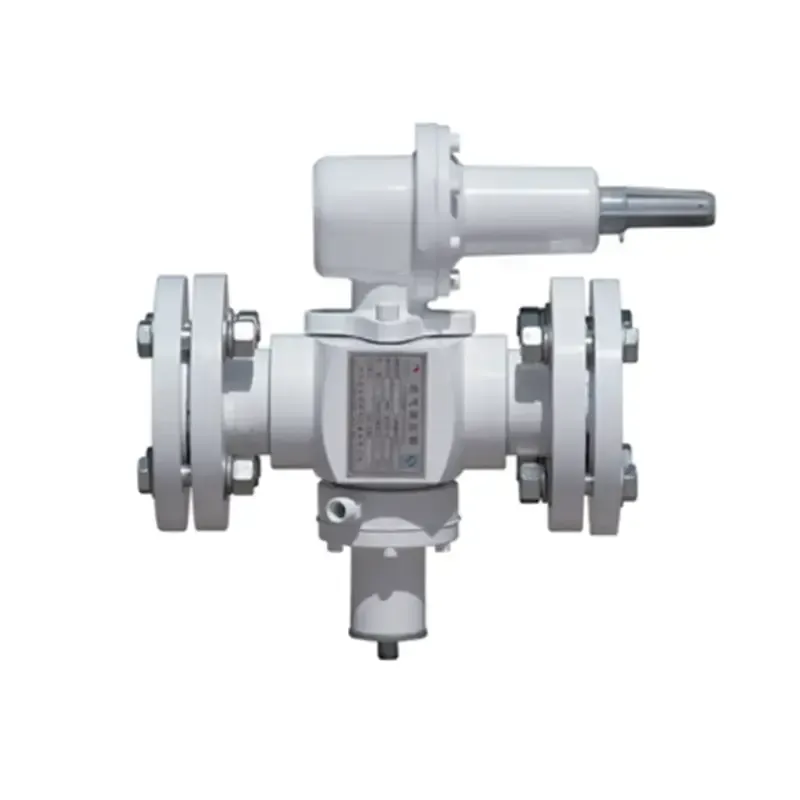
Oct . 11, 2024 10:30
Back to list
Gas Pressure Regulator Understanding Its Function and Importance in Systems
The Gas Pressure Regulator An Essential Component for Safe and Efficient Systems
Gas pressure regulators play a crucial role in various applications, ensuring the safe and efficient management of gas flow by maintaining a constant output pressure despite fluctuations in input pressure. Whether in residential settings for heating and cooking, or in industrial applications for manufacturing processes, these devices are indispensable for the proper operation of gas systems.
Functionality of Gas Pressure Regulators
At its core, a gas pressure regulator reduces the pressure of gas from a high-pressure source to a lower, usable pressure. Typically constructed from durable materials such as brass or stainless steel, the regulator operates based on a mechanism that balances the pressure on both sides of a diaphragm. When the inlet pressure exceeds the desired outlet pressure, the diaphragm moves to close the flow, while a spring mechanism allows it to open again when the pressure drops to a certain level. This dynamic action ensures that the downstream equipment receives a consistent and safe gas pressure.
Types of Gas Pressure Regulators
Gas pressure regulators can be categorized into two main types single-stage and two-stage regulators. Single-stage regulators are designed for applications with relatively stable inlet pressures, making them suitable for low-pressure applications like home appliances. They offer simplicity and ease of installation, but are limited in their ability to handle large fluctuations in pressure.
.
Importance of Proper Installation and Maintenance
صمام منظم ضغط الغاز

The efficacy of a gas pressure regulator is heavily dependent on its proper installation and routine maintenance. An improperly installed regulator can lead to issues such as gas leaks, which pose serious safety risks. It is critical to follow manufacturer guidelines during installation, including ensuring that the correct dimensions and fittings are used to match the system requirements.
Regular maintenance checks should include inspecting for leaks, testing the accuracy of pressure readings, and ensuring that all components are functioning correctly. Any signs of wear and tear or malfunction should be addressed immediately to prevent hazardous conditions.
Applications across Industries
Gas pressure regulators find use in a myriad of industries. In residential settings, they are essential for natural gas or propane-powered appliances, enabling safe cooking, heating, and hot water systems. In healthcare, gas pressure regulators are vital for delivering precise doses of medical gases to patients, including oxygen for respiratory support.
The industrial sector also relies heavily on these devices, particularly in manufacturing processes where gases are used as raw materials. In the chemical industry, gas regulators ensure that the right pressure is maintained throughout a production line, contributing to product quality and safety.
Conclusion
Gas pressure regulators are fundamental to the safe and efficient use of gas in a variety of applications. Their ability to maintain consistent pressure not only helps in the reliable operation of gas systems but also protects against potential hazards associated with gas leaks and explosions. As technology advances, the design and efficiency of these regulators continue to improve, further enhancing their importance in modern gas systems. Proper understanding, installation, and maintenance of gas pressure regulators are paramount for anyone involved in gas handling, ensuring a safe and operationally efficient environment. Whether in homes or industrial settings, the significance of these devices cannot be overstated, making them a core element of gas safety management.
Latest news
-
Safety Valve Spring-Loaded Design Overpressure ProtectionNewsJul.25,2025
-
Precision Voltage Regulator AC5 Accuracy Grade PerformanceNewsJul.25,2025
-
Natural Gas Pressure Regulating Skid Industrial Pipeline ApplicationsNewsJul.25,2025
-
Natural Gas Filter Stainless Steel Mesh Element DesignNewsJul.25,2025
-
Gas Pressure Regulator Valve Direct-Acting Spring-Loaded DesignNewsJul.25,2025
-
Decompression Equipment Multi-Stage Heat Exchange System DesignNewsJul.25,2025

